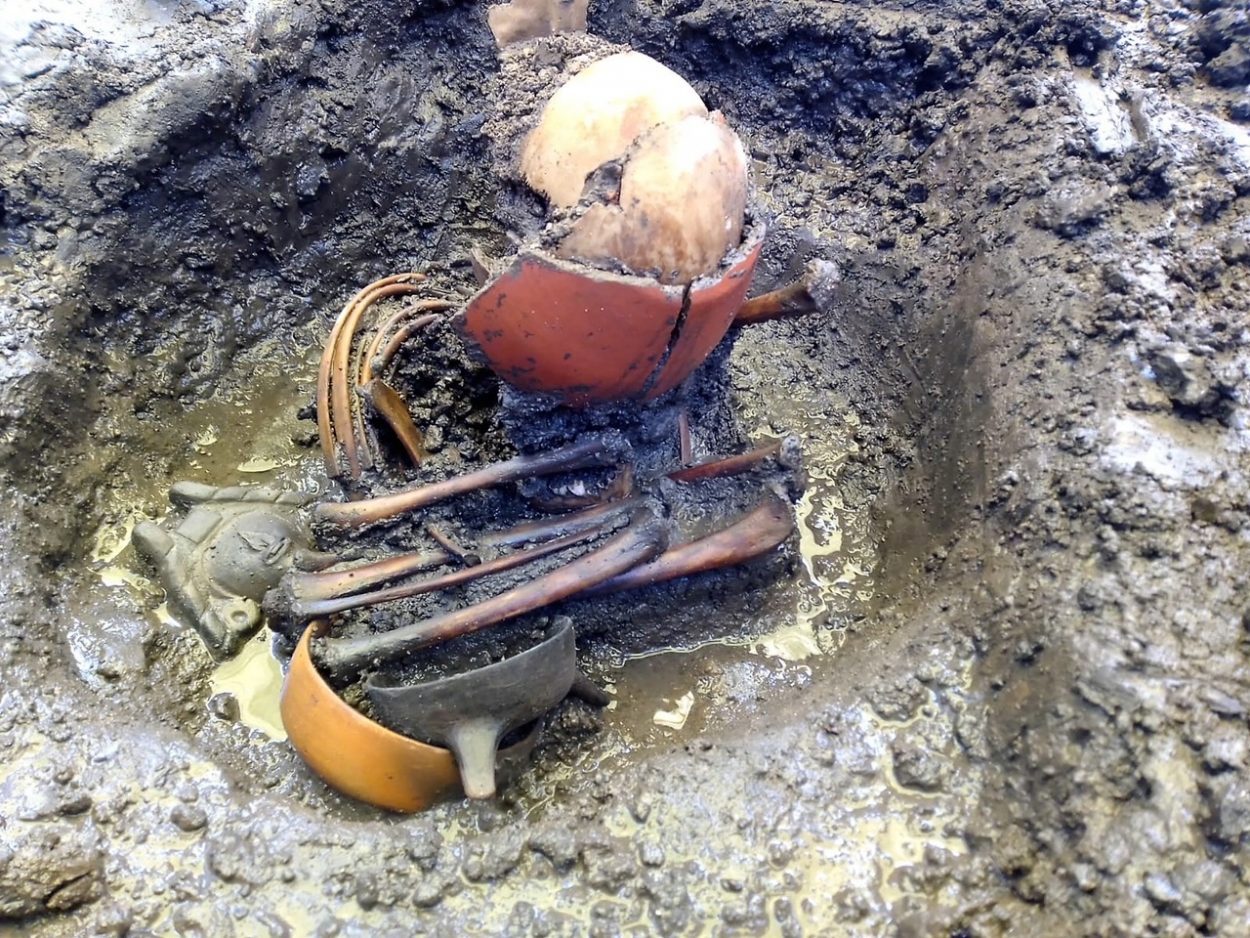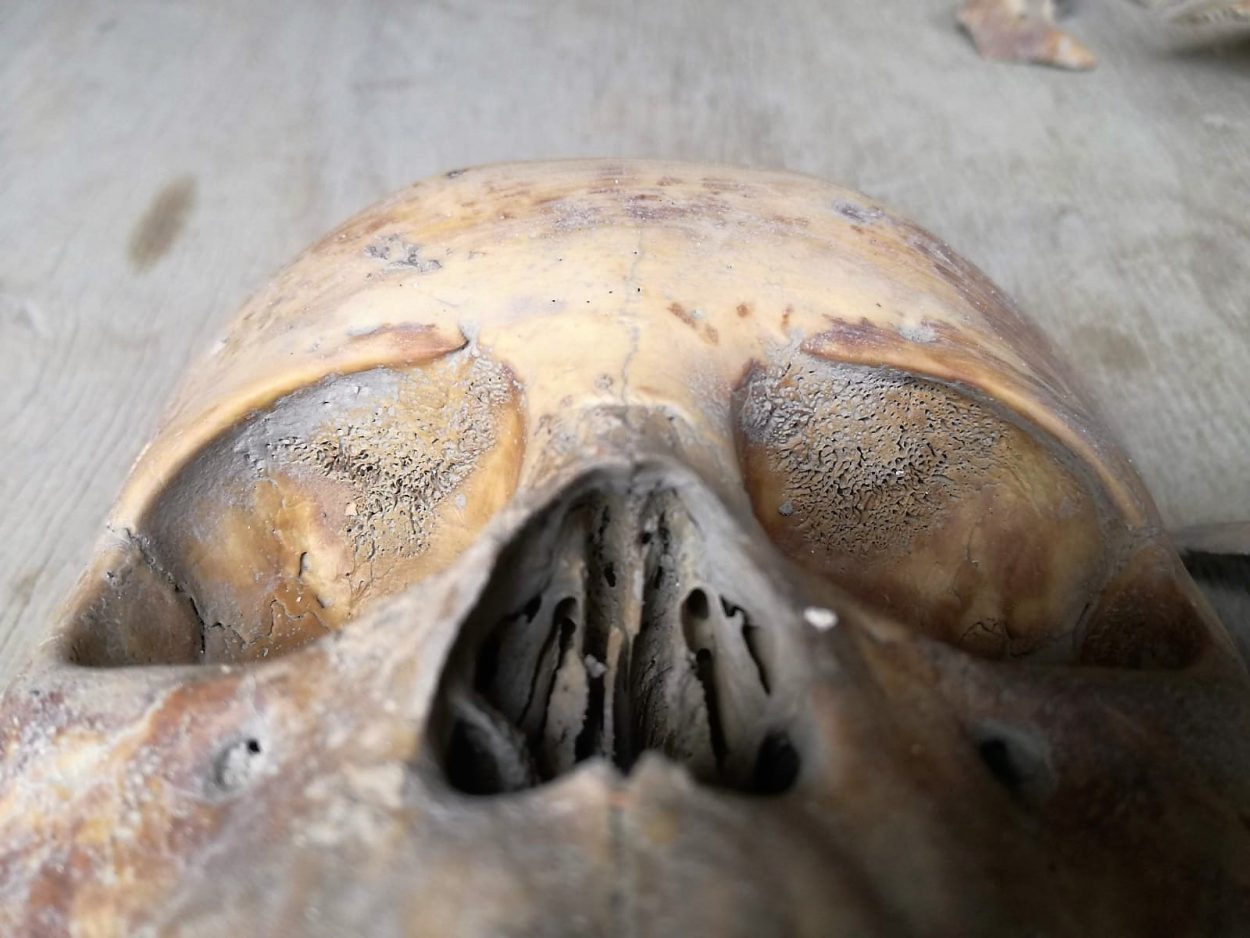Archaeologists from the Instituto Nacional de Antropología e Historia (INAH) have found an Aztec dwelling and four child burials, revealing new evidence of harsh living conditions and cultural resistance during the Spanish rule of the Aztec people.
After the conquest of the Aztec capital of Tenochtitlan, the Spanish expelled the indigenous people to the periphery and constructed a new occupation layer on the city ruins. However, from their homes the Aztecs kept multiple acts of resistance that resurface today through archaeology.
Archaeologists recently discovered an Aztec dwelling and four child burials dating from the Early Colonial period (AD 1521-1620) in the present-day neighbourhood of La Lagunilla, in the historic centre of Mexico City. The site is in what was the Atzacoalco, a residential division, one of four divisions that defined Tenochtitlan’s urban plan.
The discovery gives new insights into the difficult living conditions faced by the inhabitants during colonial rule, evidenced by the lack of ritual sacrifices in the four infant burials and indicators of cribra orbitalia, a disease directly associated with anaemia, infections, parasitosis and dietary imbalance.

Of the four burials, only two had deposited offerings, whilst a burial of an unborn child was accompanied with tripod ceramic bowls and a globular pot, representing a funerary practice to return the child to the maternal womb.
The best-preserved offering from the site is that of an infant between the ages of six and eight. This offering is composed of five small vessels, two spinning frames and a blue-pigmented figurine. Due to its iconography, it is likely that the figurine represents a woman holding a girl on her lap, thus the bone remains could probably be female.
Such offerings suggest a defiance against the repressive rule by the Spanish that outlawed religious practices and the cultural traditions of the Aztecs.
Header Image Credit : INAH





